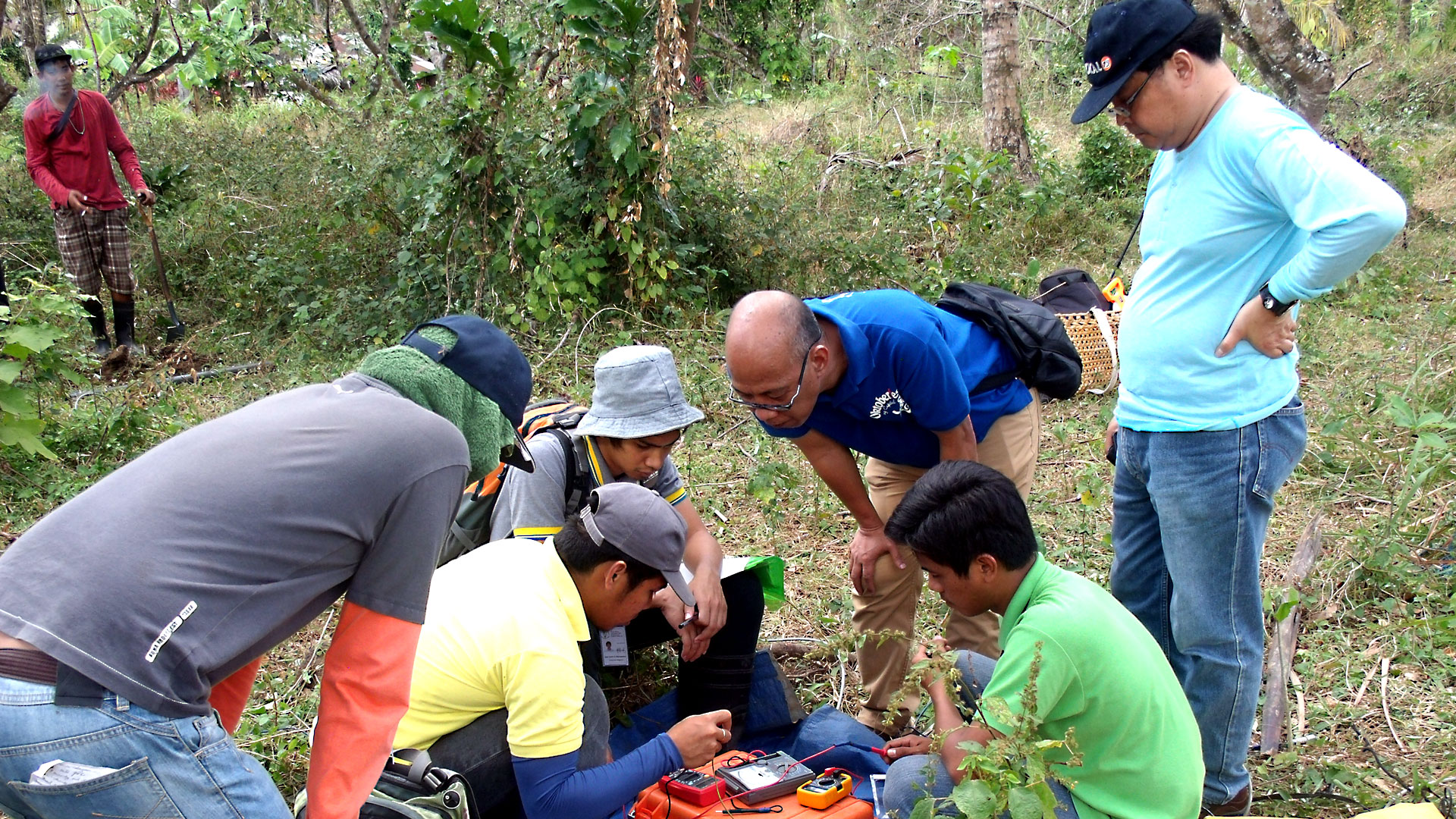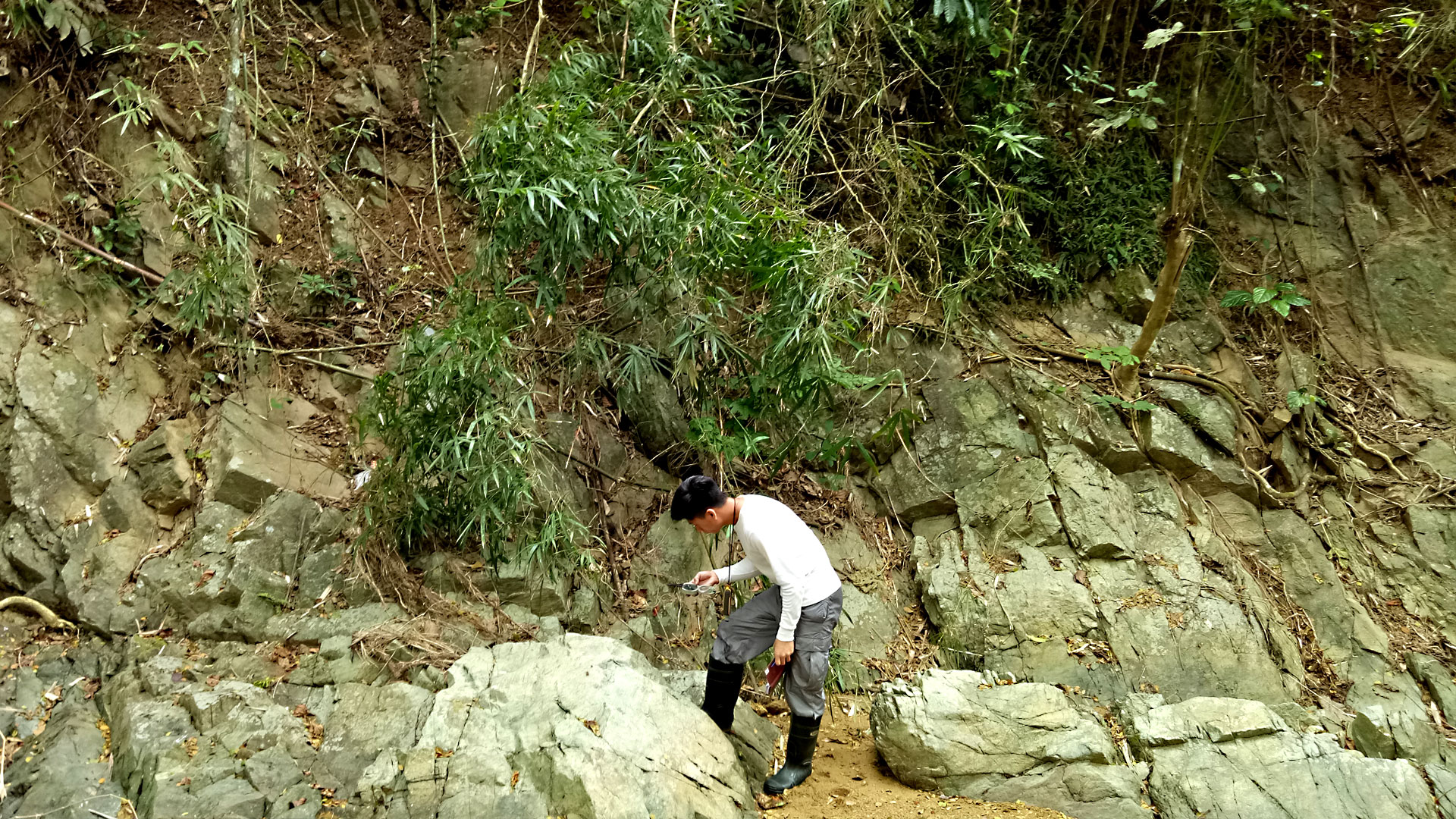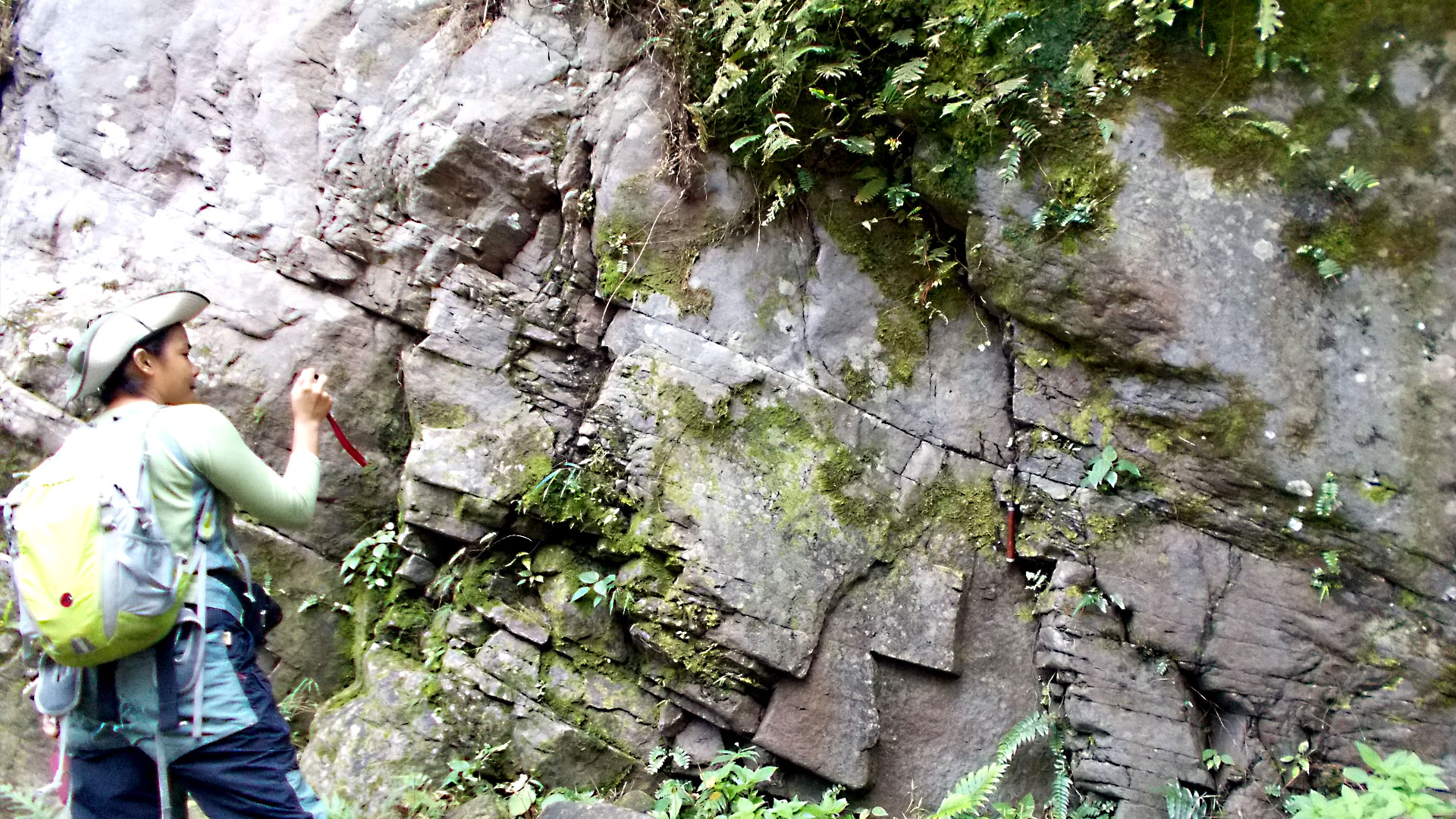
The Tayabas-Lucban geothermal project occupies 75,006 hectares in the province of Quezon, straddling the municipalities of Liliw, Luisiana, Majayjay and Nagcarlan in Laguna as well as Lucban, Lucena, Mauban, Pagbilao, Sampaloc, Sariaya and Tayabas in Quezon. The project area is east of the Tiaong-Dolores geothermal project, across the Mount Banahaw Volcanic complex. Like Tiaong-Dolores, the Tayabas-Lucban project is within Meralco’s franchise area. On average, it takes about three and a half hours drive from the capital to reach Lucban, which is located approximately 160 kilometers from Metro Manila via Lucena City or 133 kilometers from Metro Manila via Santa Cruz, Pagsanjan. While Lucban is a second-class municipality located at the foot of volcanic Mount Banahaw, a popular tourist spot, Tayabas, on the other hand, is a city popular for its resorts. A number of hot springs such as Bakia, Cagsiay, Mainit, Pablo-Tiaong, and Sampaloc are located within the Tayabas-Lucban area, a good indicator of geothermal potential. This is further validated by the Magnetotelluric or MT surveys, resource assessment data, and 3D resource modelling studies completed in late 2015 by Red Core’s internationally recognized geothermal consultants.
Geologic Setting
Resource is within the flanks of Mount Banahaw de Lucban, a geologic setting strongly suggestive of a shallow magmatic heat source capable of supporting a significant geothermal system with a power generation capacity range of 45- 185MW. Though not as popular for mysticism like its counterparts, Mount Banahaw and Mount Cristobal, Mount Banahaw de Lucban is the most heavily forested mountain in the Banahaw complex. Being least visited among in the complex, Mount Banahaw de Lucban houses a pristine mountain forest. Based on the Magnetotelluric or MT surveys completed in late 2015, the area centered on the east flank of Mt. Banahaw de Lucban, which covers 24.5 sqkm, exhibited the highest geothermal development potential. A number of hot springs such as Bakia, Pablo-Tiaong, and Cagsiay, all within the Lucban area, are good indicators of geothermal potential. The up-flow zone draws its heat from the dormant Mount Banahaw de Lucban.
Project Background
Before Red Core owned Tayabas, then government-owned PNOC-EDC, now the Energy Development Corporation (EDC), included Tayabas in its portfolio of potential geothermal energy projects and as a result, have conducted studies on it. The EDC is a pioneer in the geothermal energy industry with more than three decades of proven business viability. It has helped discover new ways of developing and commercializing renewable energy right at the heart of the resource – wherever the location and whatever the condition. From the exploration and production of water-based steam power to generation of electricity for commercial use, EDC has built some of the world’s pioneering and most complex steam fields, backed by highly skilled manpower and homegrown technology that are fast becoming benchmarks in the industry. EDC has more than 1,400 megawatts under its green power portfolio, diversified by the acquisition of a hydropower project and wind power projects in the pipeline. As early as 1985, the PNOC-EDC had conducted preliminary geo-scientific studies in the area, specifically on geo-chemical sampling along known hot and warm water discharge. As part of the national government’s program to conduct a thorough inventory of the country’s geothermal potential in the mid-1990s, the DOE-Energy Resource Development Bureau (DOE-EDRB) identified Tayabas-Lucban, in the province of Quezon, where preliminary rock and water sampling were conducted. Other areas explored were the towns of Tiaong and Perez, Alabat Islands. The studies, particularly the more extensive one conducted by PNOC-EDC, identified the presence of an active geothermal system and postulated an up-flow of geothermal fluids possibly at the center of Mt. Banahaw. Subsequent studies, particularly geophysical, such as CSMT and the now prevalent MT, were recommended to fully understand the source and affinities of thermal fluids found within and around the Mt Banahaw Volcanic complex. The Department of Energy (DOE) also studied the Tayabas-Lucban area and included it in its inventory of potential geothermal energy projects. Unocal, now Chevron, drilled thermal gradient wells near Mount Banahaw as part of their expanded studies of the Makiling Banahaw geothermal fields. All these were within the Macolod Corridor. Its distance from Metro Manila is 150 kms.


